Carrots in Containers: Who says you need acres of land to enjoy the sweet, earthy taste of homegrown carrots? I’m here to tell you that even with a small balcony, a sunny patio, or just a well-lit windowsill, you can cultivate your own vibrant carrot crop. For centuries, gardening has been a source of sustenance and joy, connecting us to the earth and providing fresh, healthy food. While large-scale farming has become the norm, the simple act of growing your own food, even in a small container, is a powerful and rewarding experience.
But let’s face it, traditional gardening can be intimidating. That’s where these DIY tricks and hacks come in! I’ve compiled a collection of easy-to-follow tips that will help you successfully grow carrots in containers, regardless of your experience level. Imagine plucking fresh, crisp carrots right from your own container – the taste is simply unmatched! Plus, you’ll know exactly what went into growing them, avoiding harmful pesticides and supporting sustainable practices.
This article is your ultimate guide to container carrot gardening. We’ll cover everything from choosing the right container and soil to selecting the best carrot varieties for pots and mastering essential watering and fertilizing techniques. So, ditch the grocery store carrots and get ready to embark on a fun and fulfilling gardening adventure. Let’s get growing!
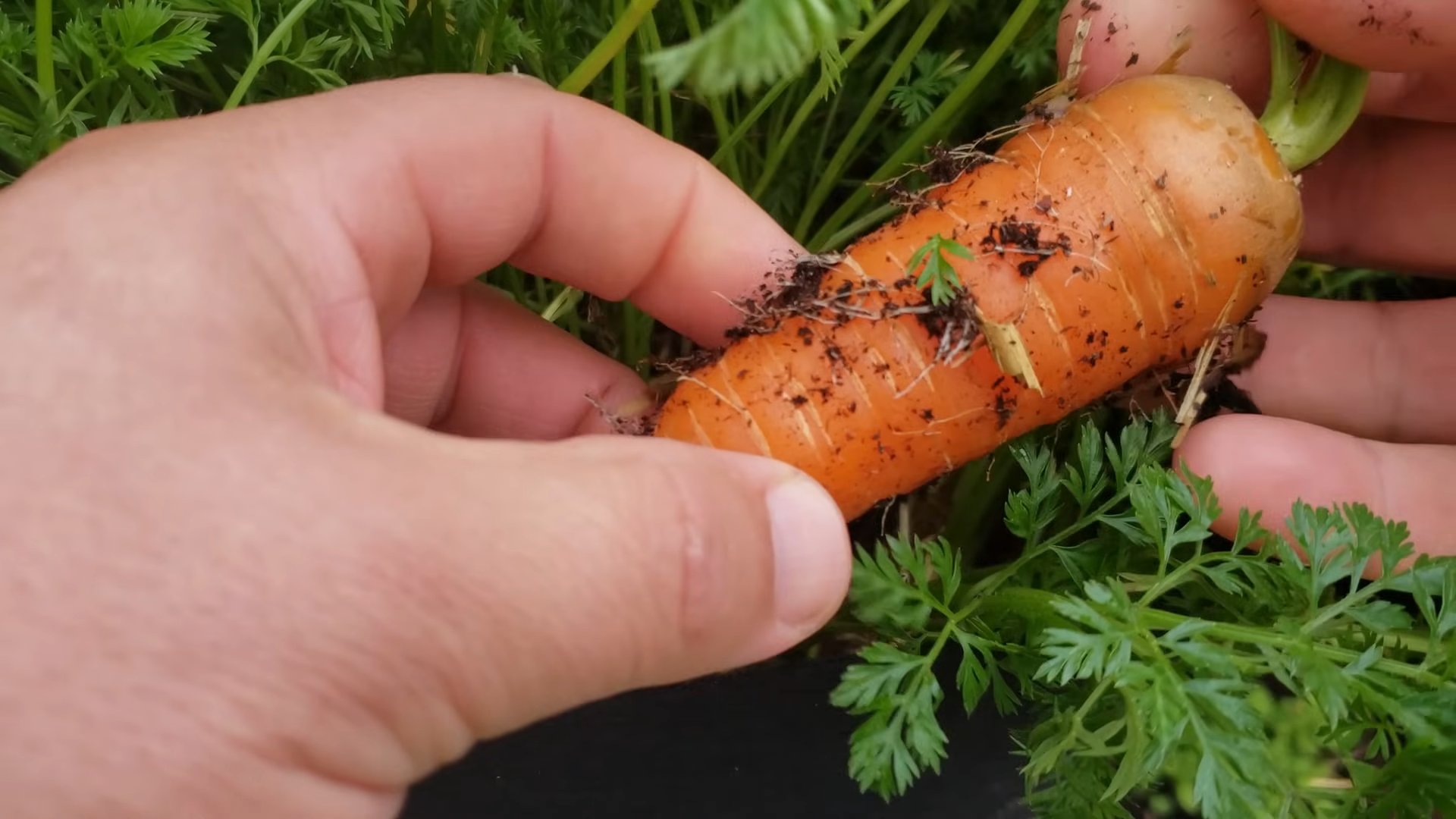
Growing Carrots in Containers: A Gardener’s Guide
Hey there, fellow gardening enthusiasts! I’m so excited to share my experience with growing carrots in containers. It’s a fantastic way to enjoy fresh, homegrown carrots even if you don’t have a sprawling garden. Plus, it’s surprisingly easy and rewarding! Let’s dive in!
Choosing the Right Container and Soil
Before we get our hands dirty, let’s talk about the essentials: the container and the soil. These are crucial for happy and healthy carrots.
* Container Size: This is super important! Carrots need room to grow downwards. I recommend a container that’s at least 12 inches deep, but 18 inches is even better. The wider the container, the more carrots you can grow. Think about a large pot, a raised bed, or even a repurposed storage bin.
* Drainage: Excellent drainage is a must. Carrots hate soggy feet! Make sure your container has plenty of drainage holes at the bottom. If you’re using a container without pre-made holes, you’ll need to drill some yourself.
* Soil: Carrots thrive in loose, well-draining soil. Heavy clay soil will result in stunted, misshapen carrots. I always use a soilless potting mix specifically formulated for containers. These mixes usually contain peat moss, vermiculite, and perlite, which provide excellent drainage and aeration. Avoid using garden soil directly in your containers, as it tends to compact and doesn’t drain well.
Selecting Carrot Varieties
Not all carrots are created equal, especially when it comes to container gardening. Shorter, rounder varieties are generally better suited for containers than long, slender ones. Here are a few of my favorites:
* ‘Thumbelina’: These are adorable little round carrots that are perfect for shallow containers. They mature quickly and have a sweet, mild flavor.
* ‘Paris Market’: Similar to ‘Thumbelina,’ these are small, round carrots that are easy to grow in containers.
* ‘Nantes’: This is a classic carrot variety that’s relatively short and cylindrical. They’re known for their sweet flavor and smooth texture.
* ‘Danvers Half Long’: While ‘Danvers’ carrots are typically longer, the ‘Half Long’ variety is a good compromise for containers.
Planting Your Carrot Seeds
Now for the fun part: planting!
1. Prepare the Soil: Fill your container with your chosen potting mix, leaving about an inch or two of space at the top. Gently pat down the soil to remove any large air pockets.
2. Sow the Seeds: Carrot seeds are tiny, so it’s easy to over-sow. I like to use a seed dispenser or carefully sprinkle the seeds about 1/2 inch apart. You can also mix the seeds with a bit of sand to make them easier to handle.
3. Cover the Seeds: Lightly cover the seeds with about 1/4 inch of soil.
4. Water Gently: Use a watering can with a gentle rose or a spray bottle to water the soil thoroughly. Be careful not to wash away the seeds.
5. Keep the Soil Moist: Carrots need consistent moisture to germinate. I check the soil daily and water whenever the top inch feels dry. You can also cover the container with plastic wrap or a humidity dome to help retain moisture.
6. Germination: Be patient! Carrot seeds can take anywhere from 7 to 21 days to germinate, depending on the temperature and moisture levels.
Caring for Your Carrot Plants
Once your carrot seedlings emerge, it’s time to provide them with the care they need to thrive.
1. Thinning: This is crucial for getting good-sized carrots. When the seedlings are about 1-2 inches tall, thin them to about 1-2 inches apart. You can use small scissors to snip off the unwanted seedlings at the soil line. Don’t try to pull them out, as you might disturb the roots of the remaining plants.
2. Watering: Carrots need consistent moisture throughout their growing season. Water deeply whenever the top inch of soil feels dry. Avoid overwatering, as this can lead to root rot.
3. Fertilizing: Carrots are not heavy feeders, but they do benefit from occasional fertilization. I like to use a balanced liquid fertilizer diluted to half strength every 2-3 weeks. Look for a fertilizer with a ratio of 10-10-10 or something similar.
4. Sunlight: Carrots need at least 6 hours of sunlight per day. Place your container in a sunny location where it will receive plenty of direct sunlight.
5. Weeding: Keep your container free of weeds, as they can compete with your carrots for nutrients and water. Gently hand-pull any weeds that appear.
6. Pest Control: Carrots are generally pest-resistant, but they can sometimes be bothered by aphids or carrot rust flies. Check your plants regularly for signs of pests and take action if necessary. You can use insecticidal soap or neem oil to control aphids. Carrot rust flies can be prevented by covering your plants with row covers.
Harvesting Your Carrots
The moment we’ve all been waiting for: harvesting!
1. Maturity: Carrots typically take 60-80 days to mature, depending on the variety. Check the seed packet for specific maturity dates.
2. Signs of Readiness: You can usually tell when carrots are ready to harvest by looking at the tops of the carrots that are poking out of the soil. They should be the size and color you expect for the variety you’re growing.
3. Harvesting Technique: Gently loosen the soil around the carrots with a trowel or fork. Then, grasp the carrot tops firmly and pull straight up. If the carrots are difficult to pull, you may need to loosen the soil further.
4. Enjoy Your Harvest: Wash your freshly harvested carrots and enjoy them raw, cooked, or juiced!
Troubleshooting Common Problems
Even with the best care, you might encounter a few challenges along the way. Here are some common problems and how to address them:
* Forked or Stunted Carrots: This is usually caused by compacted soil or rocks in the soil. Make sure you’re using a loose, well-draining potting mix and remove any rocks or debris from the container.
* Pale or Yellowing Leaves: This could be a sign of nutrient deficiency. Fertilize your plants with a balanced liquid fertilizer.
* Root Rot: This is caused by overwatering. Make sure your container has good drainage and allow the soil to dry out slightly between waterings.
* Pests: As mentioned earlier, aphids and carrot rust flies can sometimes be a problem. Use insecticidal soap or neem oil to control aphids and row covers to prevent carrot rust flies.
Extra Tips for Success
Here are a few extra tips that I’ve learned over the years:
* Succession Planting: Plant a new batch of carrot seeds every 2-3 weeks to ensure a continuous harvest throughout the growing season.
* Companion Planting: Plant carrots alongside other vegetables like onions, garlic, and rosemary. These plants can help deter pests and improve the flavor of your carrots.
* Mulching: Apply a layer of mulch around your carrot plants to help retain moisture, suppress weeds, and regulate soil temperature.
* Record Keeping: Keep a gardening journal to track your progress and learn from your mistakes. Note the varieties you planted, the dates you planted them, and any problems you encountered.
Growing carrots in containers is a rewarding experience that allows you to enjoy fresh, homegrown carrots even if you have limited space. With a little bit of planning and care, you can have a bountiful harvest of delicious carrots right at your doorstep. Happy gardening!
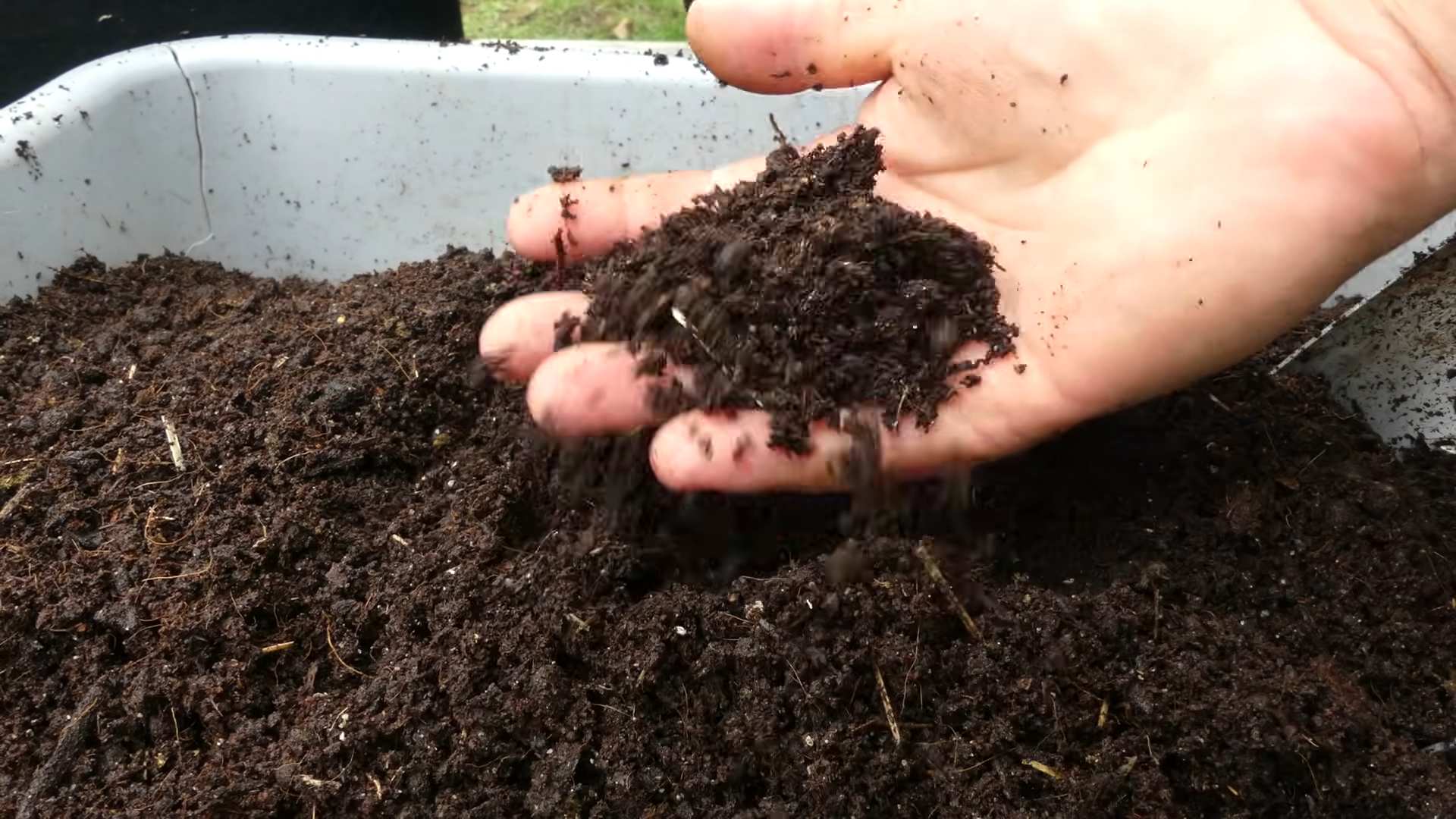
Conclusion
So, there you have it! Growing carrots in containers is not just a viable alternative for those with limited garden space; it’s a genuinely rewarding experience that puts fresh, vibrant produce right at your fingertips. We’ve walked through the process, from selecting the right container and soil to nurturing your seedlings and harvesting your crunchy rewards. But why should you actually *do* it?
The answer is simple: control and convenience. Container gardening gives you unparalleled control over the growing environment. You dictate the soil composition, ensuring optimal drainage and nutrient availability. You can easily move your containers to chase the sun or shelter them from harsh weather. And, perhaps most importantly, you bypass the common challenges of in-ground gardening, like rocky soil, persistent pests, and the dreaded carrot root fly.
Beyond the practical benefits, growing your own carrots offers a unique connection to your food. There’s a certain satisfaction in nurturing a tiny seed into a plump, juicy carrot, knowing exactly where it came from and what went into its growth. Plus, freshly harvested carrots taste infinitely better than anything you’ll find at the supermarket. The sweetness is more pronounced, the texture is crisper, and the overall flavor is simply unmatched.
But don’t just take our word for it! We encourage you to experiment and find what works best for you. Try different carrot varieties. Nantes carrots are classic and reliable, while Chantenay carrots are shorter and stouter, ideal for shallower containers. Consider rainbow carrots for a vibrant mix of colors and flavors.
Variations and Suggestions:
* Companion Planting: Maximize your container space by planting companion herbs like rosemary or sage alongside your carrots. These herbs can help deter pests and enhance the flavor of your carrots.
* Succession Planting: Plant a new batch of carrot seeds every few weeks to ensure a continuous harvest throughout the growing season.
* Fertilizer Adjustments: Monitor your plants closely and adjust your fertilizer schedule as needed. Carrots are heavy feeders, but over-fertilizing can lead to forked roots.
* Container Size Matters: While we’ve recommended specific container sizes, don’t be afraid to experiment. Just remember that carrots need ample space to develop their roots.
* Soil Amendments: Consider adding beneficial microbes or mycorrhizae to your soil to improve nutrient uptake and overall plant health.
Ultimately, the best way to learn is by doing. So, grab a container, some soil, and a packet of carrot seeds, and embark on your own container gardening adventure. We’re confident that you’ll be amazed by the results.
And now, we want to hear from you! Have you tried growing carrots in containers before? What tips and tricks have you learned along the way? Share your experiences, successes, and challenges in the comments below. Let’s create a community of container gardening enthusiasts and help each other grow the best carrots possible. We are especially interested in seeing your photos of your carrots in containers!
Frequently Asked Questions (FAQ)
What is the best type of container for growing carrots?
The ideal container for growing carrots should be at least 12 inches deep, preferably 18-24 inches for longer varieties like Nantes. The width will depend on how many carrots you want to grow. A 12-inch diameter pot can comfortably accommodate 3-5 carrots. Ensure the container has drainage holes to prevent waterlogging. Terracotta, plastic, or even repurposed containers can work well, as long as they meet these requirements. Avoid dark-colored containers in hot climates, as they can overheat the soil.
What kind of soil is best for container carrots?
Carrots thrive in loose, well-draining soil. A sandy loam mix is ideal. You can create your own mix by combining equal parts of potting soil, compost, and sand or perlite. Avoid heavy clay soils, as they can hinder root development and lead to misshapen carrots. The soil pH should be slightly acidic, around 6.0 to 6.8. Before planting, amend the soil with a slow-release organic fertilizer to provide essential nutrients.
How often should I water my container carrots?
Water your container carrots regularly, keeping the soil consistently moist but not waterlogged. Check the soil moisture level daily, especially during hot weather. Water deeply when the top inch of soil feels dry to the touch. Avoid overhead watering, as it can promote fungal diseases. Instead, water at the base of the plant. Mulching the soil surface with straw or wood chips can help retain moisture and suppress weeds.
How much sunlight do container carrots need?
Carrots need at least 6-8 hours of direct sunlight per day to thrive. Choose a sunny location for your containers. If you live in a hot climate, provide some afternoon shade to prevent the soil from overheating. If you don’t have enough natural sunlight, you can supplement with grow lights. Rotate your containers regularly to ensure even sunlight exposure.
When is the best time to plant carrots in containers?
The best time to plant carrots in containers depends on your climate. In cooler regions, you can plant carrots in early spring or late summer for a fall harvest. In warmer regions, you can plant carrots throughout the fall and winter. Avoid planting during the hottest months of summer, as the high temperatures can inhibit germination and growth. Check your local planting calendar for specific recommendations.
How long does it take for carrots to grow in containers?
Carrots typically take 60-80 days to mature, depending on the variety and growing conditions. You can start harvesting baby carrots as early as 50 days. To check for maturity, gently brush away the soil around the top of the carrot to expose the crown. If the carrot is the desired size, you can harvest it.
What are some common pests and diseases that affect container carrots?
Common pests that affect container carrots include aphids, carrot rust flies, and nematodes. Aphids can be controlled with insecticidal soap or neem oil. Carrot rust flies can be deterred by covering your containers with row covers. Nematodes can be managed by using nematode-resistant carrot varieties and practicing crop rotation. Common diseases include leaf blight and powdery mildew. These can be prevented by providing good air circulation and avoiding overhead watering.
How do I harvest carrots from containers?
To harvest carrots from containers, gently loosen the soil around the carrot with a trowel or garden fork. Grasp the carrot firmly at the base of the leaves and pull it straight up. If the carrot is difficult to pull, wiggle it gently from side to side to loosen the roots. Avoid pulling too hard, as this can break the carrot. After harvesting, wash the carrots thoroughly and store them in the refrigerator.
Can I grow carrots in containers indoors?
Yes, you can grow carrots in containers indoors, but you’ll need to provide adequate light. Place your containers near a sunny window or use grow lights to supplement natural light. Ensure the temperature is between 60-70°F (15-21°C). Indoor carrots may not grow as large as outdoor carrots, but you can still enjoy a fresh harvest.
What fertilizer should I use for container carrots?
Carrots are heavy feeders and benefit from regular fertilization. Use a balanced fertilizer with a ratio of 5-10-10 or 10-20-20. Apply the fertilizer according to the package instructions. You can also use organic fertilizers like compost tea or fish emulsion. Avoid over-fertilizing, as this can lead to forked roots.
Why are my carrots forked or misshapen?
Forked or misshapen carrots are often caused by rocky soil, compacted soil, or over-fertilizing. Ensure your soil is loose and well-draining. Remove any rocks or debris from the soil before planting. Avoid using fertilizers that are high in nitrogen.
Can I reuse the soil from my container carrots?
Yes, you can reuse the soil from your container carrots, but it’s important to replenish the nutrients. Amend the soil with compost and slow-release fertilizer before planting a new crop. You can also sterilize the soil by baking it in the oven at 180°F (82°C) for 30 minutes to kill any pests or diseases.

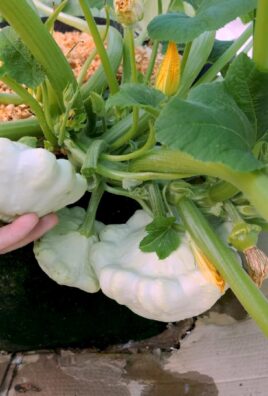
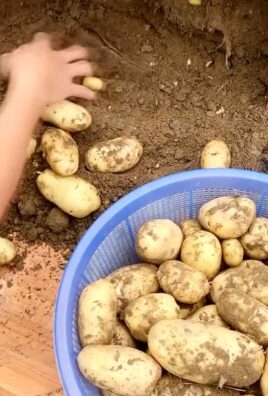
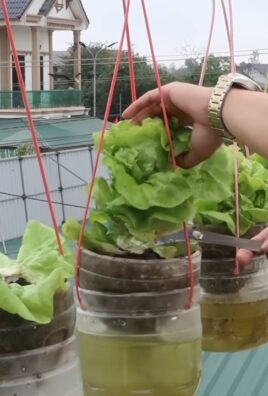
Leave a Comment